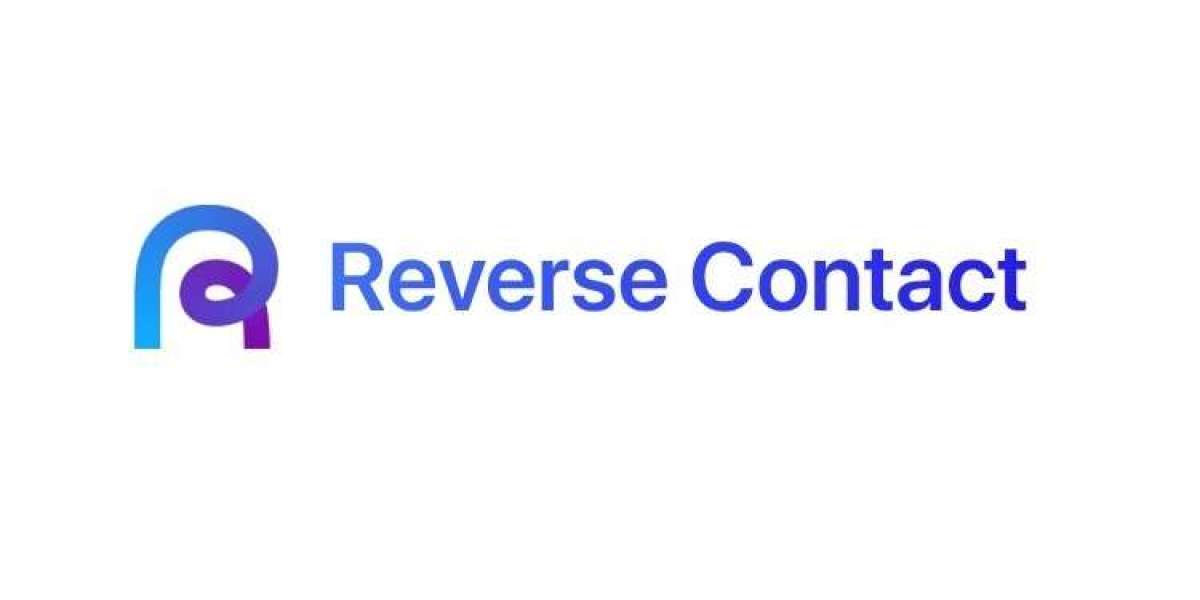Introduction
In today's global market, ensuring product compliance with safety, health, and environmental protection standards is crucial. CE Marking is a certification that enables manufacturers to market products within the European Economic Area (EEA). This article provides a comprehensive guide to CE marking testing, its importance, and how to obtain it for your products.
What is CE Marking?
CE Marking stands for "Conformité Européenne," which translates to "European Conformity." It serves as a declaration by the manufacturer that the product meets all relevant EU directives and regulations.
Products with CE marking can be sold freely in the EEA, indicating compliance with essential safety, health, and environmental requirements.
Why is CE Marking Important?
1. Legal Requirement for Market Access
CE Marking is mandatory for many products to be sold within the EEA.
2. Consumer Safety Assurance
It guarantees that products meet rigorous safety and quality standards.
3. Competitive Advantage
CE marking helps build trust with consumers and partners, boosting brand reputation.
Which Products Require CE Marking?
Here are some categories that typically require CE marking:
- Electrical and electronic equipment
- Toys
- Medical devices
- Machinery
- Construction products
- Personal protective equipment (PPE)
What is CE Marking Testing?
CE marking testing involves evaluating a product's compliance with the applicable EU standards. This process may include:
- Safety Tests: Ensuring the product does not pose a hazard
- Electromagnetic Compatibility (EMC) Tests: Checking that the product does not interfere with other devices
- Performance Tests: Verifying the product's efficiency
Steps to Achieve CE Marking Certification
1. Identify Applicable Directives and Standards
Determine the EU directives relevant to your product.
2. Perform Risk Assessment
Analyze potential risks associated with the product.
3. Conduct Product Testing
Perform the necessary tests to ensure compliance. Testing can be done in-house or through third-party laboratories.
4. Compile Technical Documentation
This should include test reports, risk assessments, and product specifications.
5. Create the Declaration of Conformity (DoC)
The DoC declares that the product complies with applicable directives.
6. Affix the CE Marking
Once all requirements are met, the CE marking can be placed on the product.
Key CE Marking Testing Requirements
1. Safety Compliance
Products must be safe for consumers and the environment.
2. Environmental Compliance
Products must meet eco-design requirements to minimize environmental impact.
3. Electromagnetic Compatibility (EMC)
Products should not interfere with other devices or be affected by electromagnetic disturbances.
Benefits of CE Marking Testing
- Ensures Compliance: Meets all EU regulatory requirements
- Improves Product Quality: Boosts consumer confidence
- Facilitates Market Expansion: Opens access to the EEA market
Choosing a CE Marking Testing Laboratory
1. Accreditation
Ensure the laboratory is accredited to perform CE testing.
2. Comprehensive Testing Services
Look for labs that offer a wide range of tests, including EMC, safety, and environmental testing.
3. Expertise in Your Industry
Choose a lab with experience in your specific product category.
Common Challenges in CE Marking Testing
1. Understanding Complex Regulations
Navigating multiple EU directives can be challenging.
2. Inadequate Technical Documentation
Incomplete documentation can delay certification.
3. High Testing Costs
Testing can be expensive, especially for complex products.
Tips for Successful CE Marking Testing
- Start Early: Factor in testing during the product development phase.
- Use Certified Labs: Work with accredited testing facilities.
- Keep Documentation Up-to-Date: Maintain accurate technical records.
Conclusion
CE Marking testing is essential for businesses looking to sell products in the EEA. By ensuring compliance with EU directives, manufacturers can guarantee product safety, build consumer trust, and access lucrative markets. Partnering with accredited testing labs and maintaining comprehensive documentation will help streamline the certification process.







